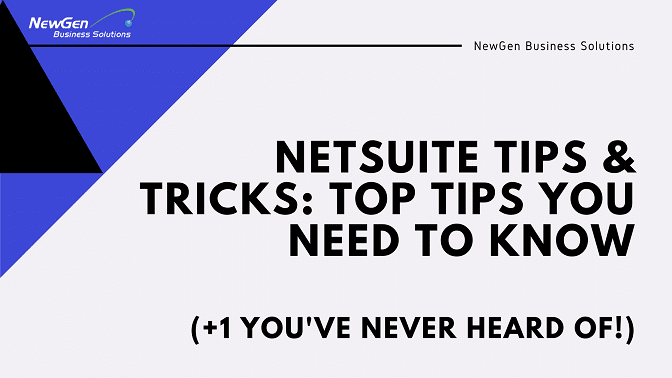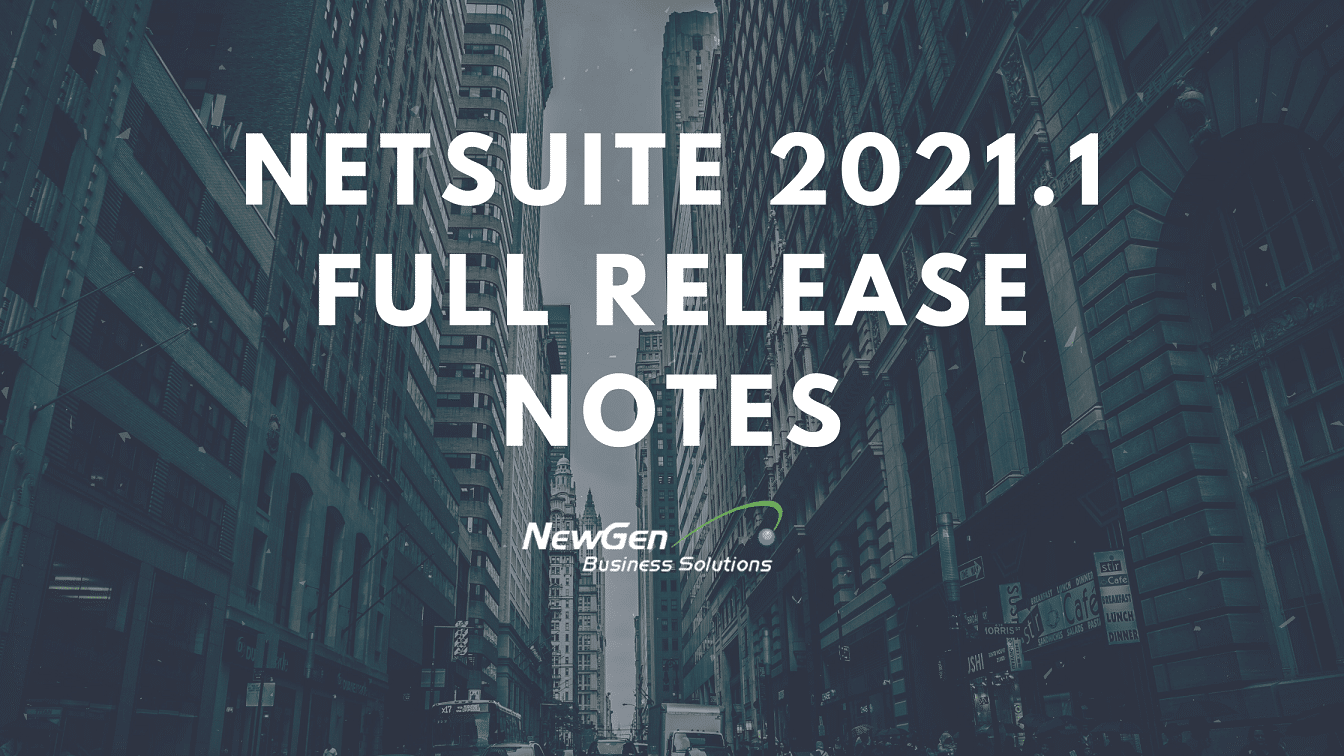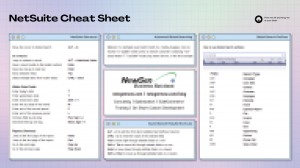In order to grow and compete for market share for e-commerce companies it’s not just about having the cheapest price anymore. It’s also about speed of delivery. How fast can you get your products to your customers? E-commerce companies are working hard to increase their speed of delivery. What many businesses don’t realize is that some of the activities they’re doing to increase delivery speed are actually creating additional sales tax requirements for them and they can get into trouble if they don’t realize this. That’s the subject of today’s whiteboard.
Okay. If you think of your growing e-commerce business as a rocket ship, you’re going to have things that increase your acceleration. This includes things you do to have a faster deliver speed. But along with acceleration and velocity comes drag. Those are the things that are going to act against your business to slow it down. Some of these things are inevitable. We’re going to talk about ways that you can mitigate that drag when it comes to sales tax.
What are e-comm. companies doing to increase delivery speed? One thing they’re doing is to build warehouses in states where they didn’t have warehouses before. That way they can get their inventory closer to their customers in those states. In many states, this creates nexus, the obligation for businesses to collect and remit sales tax. Another tactic businesses are using is instead of building warehouses they’re renting warehouse space.
https://www.youtube.com/watch?v=SZoUEc4L3y0
Fulfillment by Amazon is one such program that businesses use. But with a service like this you have to pay close attention to sales tax rules in those states. Sometimes, just having inventory in the state can, again, trigger nexus or sales tax obligation. Another tactic businesses are using is to use drop shippers to get their products faster into the hands and homes of their customers. A drop shipper in many cases is not going to want to take care of sales tax for you. You’re going to be expected to pay sales tax where there’s an obligation. Unless you want to register in those states where the drop shipper is making deliveries and you might have an obligation, you’re just going to have to eat that cost yourself.
Things like sales tax obligations and keeping track of rules, etc., these are unavoidable. It’s the cost of doing business and drag is unavoidable.
However, you can mitigate your drag so you can continue accelerating and growing with something like sales tax automation. For example, Avalara’s AvaTax automatically keeps up with rules and rates in those states and jurisdictions where you have a tax obligation so you spend less manual effort tracking that yourself. With Avalara Returns you can have software that automatically files with you, anywhere you need to file, on time so that you can, again, spend less time and you can also reduce your risk because with manual tax compliance there is room for human error.
I hope this helps explain some of the sales tax risks that can crop up as you’re looking to increase your speed of delivery and how sales tax software can help mitigate drag on your business. Thanks very much. I’ll talk to you next time.
How faster ecommerce deliveries trigger new tax requirements – Will’s Whiteboard – YouTube






